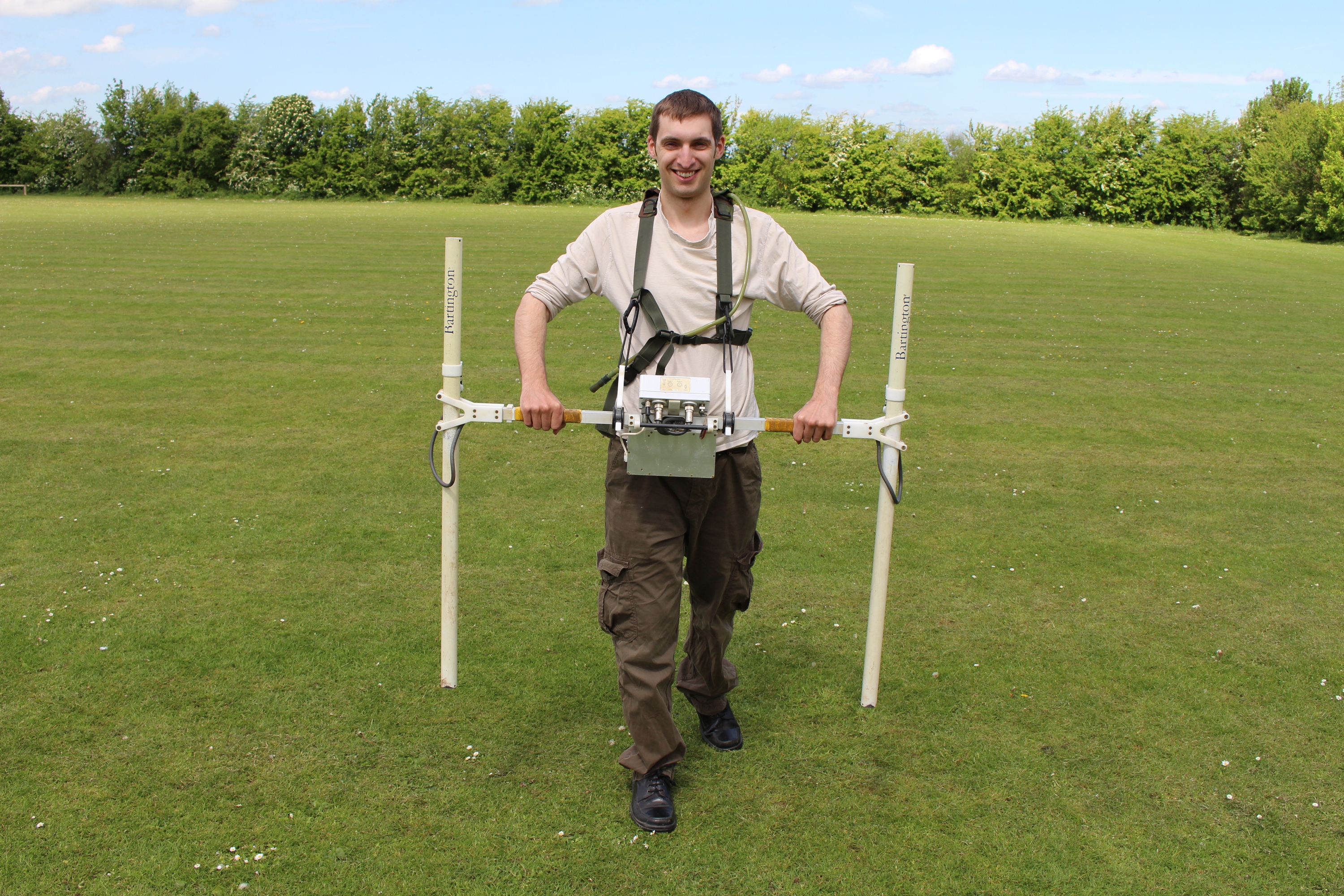All Categories
Featured
Table of Contents
Geophysics & Geophysical Surveys - Ahmed Rehan Hashmi in Kingsley Aus 2021
Much of the image includes blank locations now with little or no radar response. The "yard" wall is still revealing strongly, nevertheless, and there are continuing recommendations of a tough surface in the SE corner. Time piece from 23 to 25ns. This last piece is now almost all blank, but a few of the walls are still revealing strongly.
How deep are these pieces? Unfortunately, the software I have access to makes estimating the depth a little challenging. If, however, the leading three slices represent the ploughsoil, which is probably about 30cm think, I would guess that each slice has to do with 10cm and we are just coming down about 80cm in total.

Luckily for us, the majority of the sites we have an interest in lie simply below the plough zone, so it'll do! How does this compare to the other techniques? Comparison of the Earth Resistance data (leading left), the magnetometry (bottom left), the 1517ns time piece (leading right) and the 1921ns time piece (bottom left).
Geophysical Survey in Bellevue Oz 2020
Magnetometry, as gone over above, is a passive method measuring regional variations in magnetism versus a localised zero worth. Magnetic susceptibility study is an active technique: it is a measure of how magnetic a sample of sediment might be in the presence of an electromagnetic field. How much soil is tested depends upon the size of the test coil: it can be extremely little or it can be reasonably big.
The sensor in this case is very little and samples a tiny sample of soil. The Bartington magnetic susceptibility meter with a large "field coil" in use at Verulamium during the course in 2013. Leading soil will be magnetically enhanced compared to subsoils merely due to natural oxidation and reduction.
By measuring magnetic vulnerability at a reasonably coarse scale, we can detect areas of human profession and middens. We do not have access to a dependable mag sus meter, however Jarrod Burks (who helped teach at the course in 2013) has some excellent examples. Among which is the Wildcat website in Ohio.
Uses For Geophysical Data in Hamersley Australia 2023
These towns are typically laid out around a central open area or plaza, such as this reconstructed example at Sunwatch, Dayton, Ohio. The magnetic vulnerability study helped, however, specify the main area of occupation and midden which surrounded the more open area.
Jarrod Burks' magnetic vulnerability survey arises from the Wildcat site, Ohio. Red is high, blue is low. The technique is for that reason of fantastic usage in defining areas of general profession rather than recognizing particular features.
Geophysical surveying is a used branch of geophysics, which uses seismic, gravitational, magnetic, electrical and electro-magnetic physical methods at the Earth's surface area to determine the physical properties of the subsurface - Airborne Geophysical Methods in Orelia Australia 2022. Geophysical surveying methods normally determine these geophysical homes along with anomalies in order to examine numerous subsurface conditions such as the existence of groundwater, bedrock, minerals, oil and gas, geothermal resources, voids and cavities, and a lot more.
Latest Posts
Bachelor's Degree In Geophysics - Degrees & Programs in Woodbridge Oz 2023
Geophysical Methods in Leederville Aus 2022
Job Profiles : Geophysicist Physics in Northbridge WA 2020